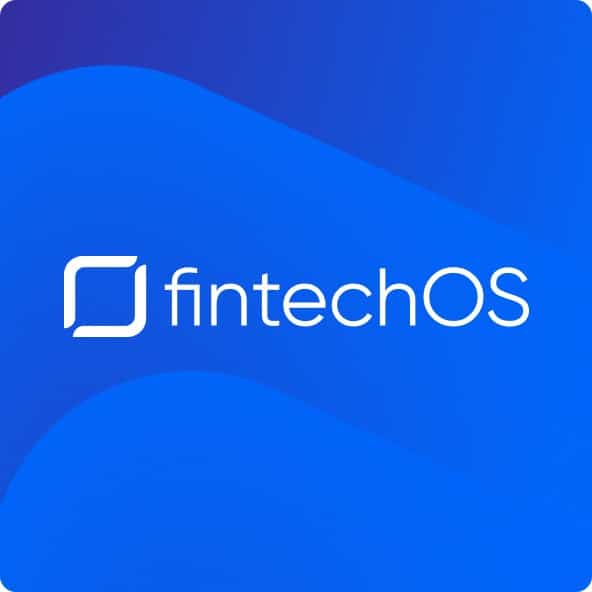Gen-Z are tech savvy and financially educated, so it’s no wonder few feel they need to call their bank for advice. What’s the alternative to a call center?
Key takeaways
- Gen-Z don’t want to speak to an agent who can solve their problems for them
- They want an innovative, digital platform that allows them to find their own answers
- To learn how our platform can help, book a demo.
Young people don’t want to call you. Any parent can attest to that, but this also applies if you’re a financial institution.
By “young people”, we mean ‘Gen-Z’ – everyone born between 1997 and 2012. It’s easy to think of them as just children who aren’t in a position to be financial services consumers yet. However, the oldest of Gen-Z are 24 now, and the group accounts for almost a third of the planet’s population.
They’re also the first generation to grow up in the digital age. For context, even the oldest of them are younger than Amazon. This means they’re completely comfortable with banking apps and mobile technology. Not to mention, despite the impression that Gen-Z are lazy and entitled, they’re usually pro-active self-starters.
While their parents may still want to speak to a real person who can provide the service they need, Gen-Z prefer to make arrangements, buy products, and look up answers online.
83% of Gen-Z don’t want to call their banks
This isn’t the story you’ll hear everywhere, though. Many sources are reporting that 50% of Gen-Z still call their bank. However, the same studies show they will only do so if they can’t resolve their query in any other way.
In fact, 99% of Gen-Z use mobile banking apps, and 71% prefer to resolve questions themselves using self-service. Only 17% actually want to speak to a person.
Put these statistics together and you’ll discover a worrying trend. A vast majority of Gen-Z prefer to use self-service, but half are forced to call their bank to get the service they need as banking apps aren’t sufficient.
This shows a lack of quality in mobile banking services that must be causing friction with Gen-Z consumers. 41% of customers across all ages would switch provider due to a lack of digital capability already, and this number will only increase as Gen-Z begin to take over more of that space.
Of course, we’re sure you know all of this. Younger generations wanting better digital experiences is a simple truism at this point. However, there’s actually a much better reason that Gen-Z don’t want to call you.
Gen-Z: the most financially educated generation
Gen-Z grew up with technology, so they’re much more capable of using digital tools. However, they’re also more financially educated than previous generations.
According to a survey of 13 to 17-year-olds, 70% know what a credit score is, and 56% are aware of cryptocurrency. 68% of Gen-Z budget and save more responsibly than their elders, and according to Finextra, more than a third have over GBP 1,000 in savings.
This isn’t surprising, given that 97% believe financial literacy is important. Indeed, 35% have actually attended a financial education seminar, compared to 12% of Millennials.
The days are gone when consumers would visit the nice man in a suit at the bank who would manage all their finances for them, because banking was beyond the comprehension of anyone but a trained expert. Now, young people prefer to learn how to win out over the banking system themselves, and they distrust financial institutions.
When fiscally aware, tech-savvy Gen-Z consumers call your agents to resolve an issue, it’s apparent to them that they could do at least as good a job in answering most queries if they had access to your agents’ system.
When all Gen-Z want is an interface to look up their own answers from their phones, it’s frustrating for them to have to wait in a queue to go through data protection and pleasantries, and explain what they need, only for someone to read out the information they could be reading themselves.
Counter-intuitively, to really connect with Gen-Z, you need to stop trying to offer them great service. They don’t want to be served. They want self-service tools to empower them to manage their finances themselves.
Yet, even the digital banking tools Gen-Z want to use look very different from those that appeal to older generations.
Gen-Z speak their own digital language
It’s an often-repeated quip that no-one over 30 can use Snapchat – the photo-sharing and messaging tool preferred by Gen-Z. In fact, 59% of Gen-Z in the USA use Snapchat, despite its user interface (UI) being so difficult to fathom.
Snapchat’s UI breaks every rule of user experience design. It’s commonly described as ‘chaotic’, and many features are hidden in secret menus found by accident. Yet, none of this puts Gen-Z off.
Previous generations had to learn how to use the internet and then mobile devices as they developed over time, whereas Gen-Z started learning Snapchat without any frame of reference.
To Gen-Z, Snapchat is just another system, and it doesn’t matter that it breaks all the rules for user experience as they don’t know those rules. It’s as if they’re speaking a different digital language to the one older generations do, so UI designers need to throw out everything they know and start again.
The same goes for banking and insurance. Even your current digital products aren’t right for Gen-Z. They aren’t looking for a simple, usable interface that does everything for them. They’re looking to learn how to bank for themselves, even if it’s complex.
Gen-Z: the DIY generation
Gen-Z can be seen as the do-it-yourself generation. They don’t want fish, they want a fishing rod, a river, and a ‘how to fish’ YouTube video.
The same goes for your products. Let Gen-Z build the banking products they need themselves. If you hire bright, enterprising Gen-Z developers, they’ll build the self-service banking tools that Gen-Z want.
This is exactly what challenger banks, such as Monzo, Revolut, and Starling are already doing. They’re offering the digital banking of the future to the consumers who will be living in it.
Incumbents, on the other hand, are finding it challenging to bring their legacy systems and processes into that future as they aren’t starting from scratch. Yet, if they can manage to do so, they’re brand loyalty, resources, and longstanding data will put them in a position to step over the neobanks and reclaim their place at the head of the industry.
To do that, they need the support of Gen-Z’s brightest minds and greatest innovators. You can’t, however, lure that key talent to your firm if they’ll be working with outdated systems and a 9-5 structure.
That’s where we can help. The FintechOS platform provides templates for new banking products that you can tailor and customize without the need for advanced coding knowledge. This lets you bring new and innovative products and services to market faster than ever before.
Best of all, our platform will work with your legacy systems to give your staff the workshop they need to build innovative banking tools that will empower Gen-Z customers to manage their finances the way they want.
To learn more about our platform, book a demo.

FintechOS FintechOS is the global leader in fintech enablement, on a mission to make fintech innovation available to every company. As the world grows increasingly complex, FintechOS strives to simplify and accelerate financial technology so anyone can build, launch, service, and expand new products in weeks, not months or years. The FintechOS platform empowers banks, credit unions, and insurers of any size to grow revenue, lower operating costs, and achieve a faster time to value without dependency on core infrastructure and costly tech talent. Headquartered in New York and London, FintechOS has partnered with some of the world’s best brands, including Groupe Société Générale, Admiral Group, Oney, eMag, Deloitte, EY, and PWC.






